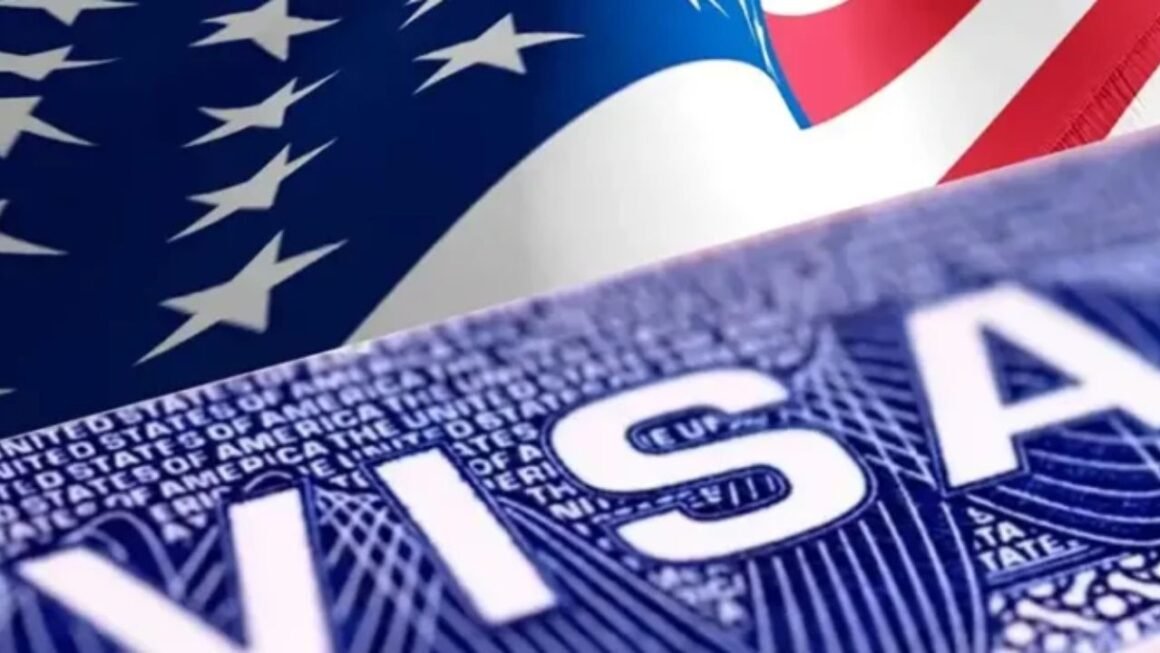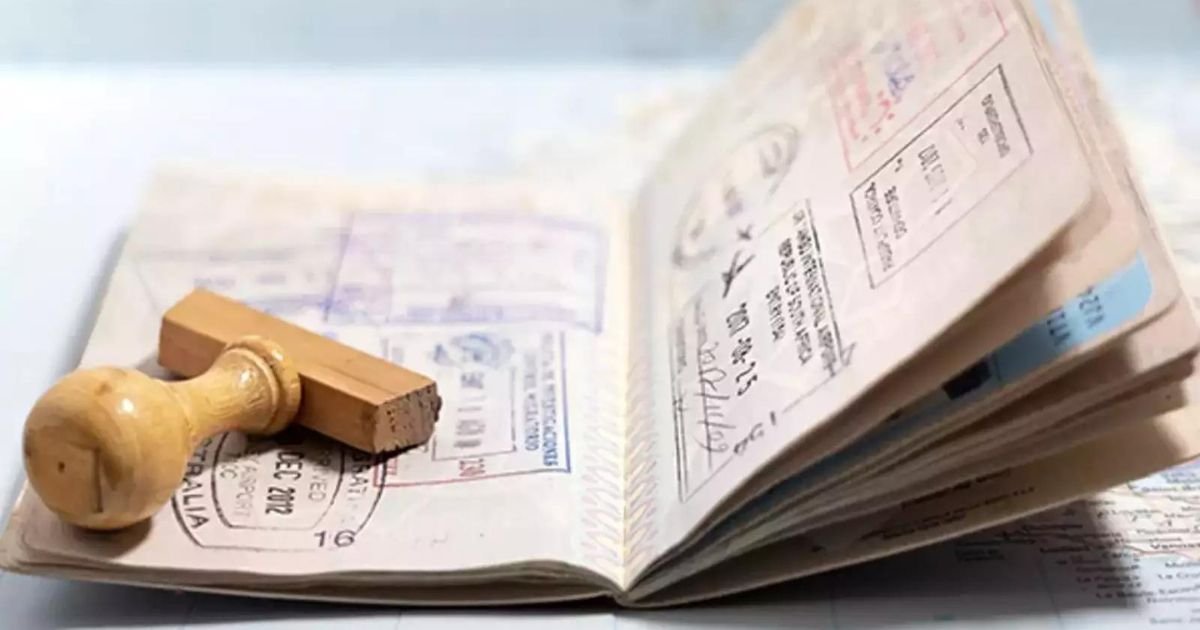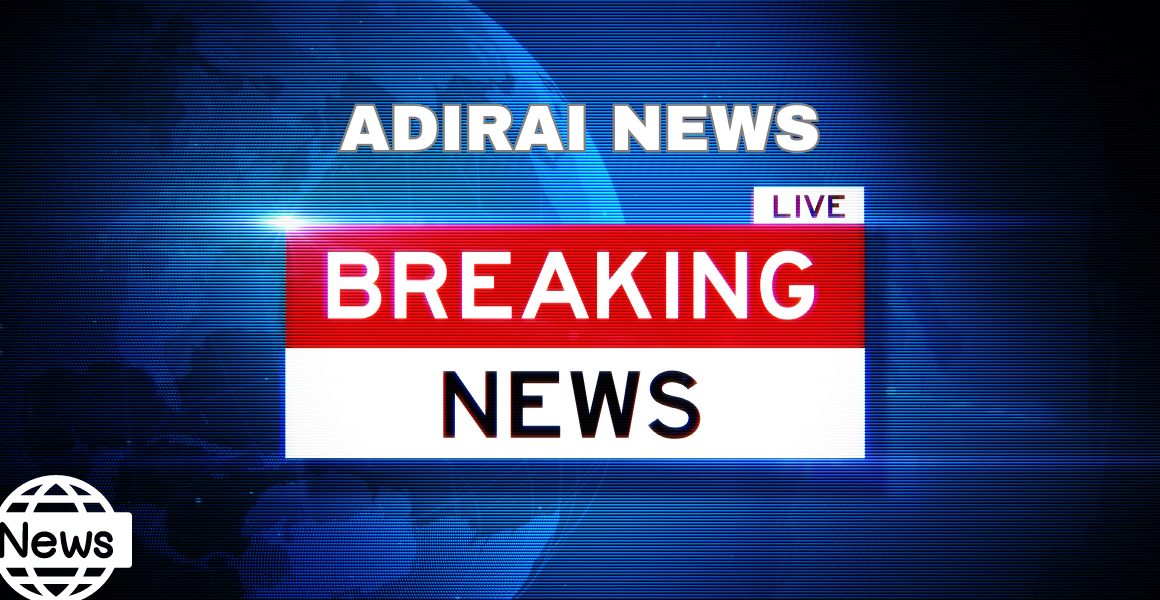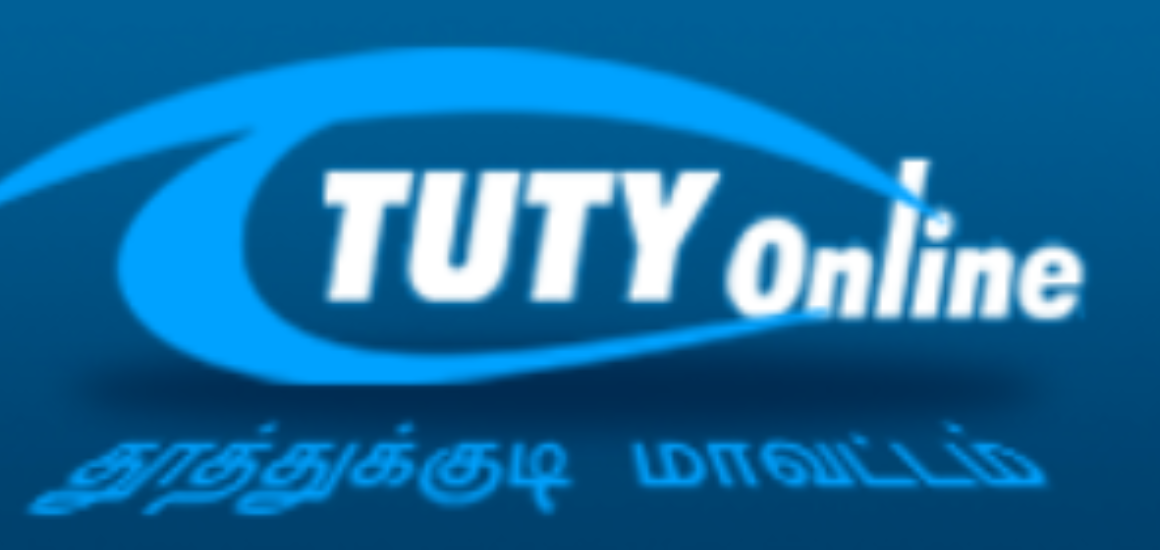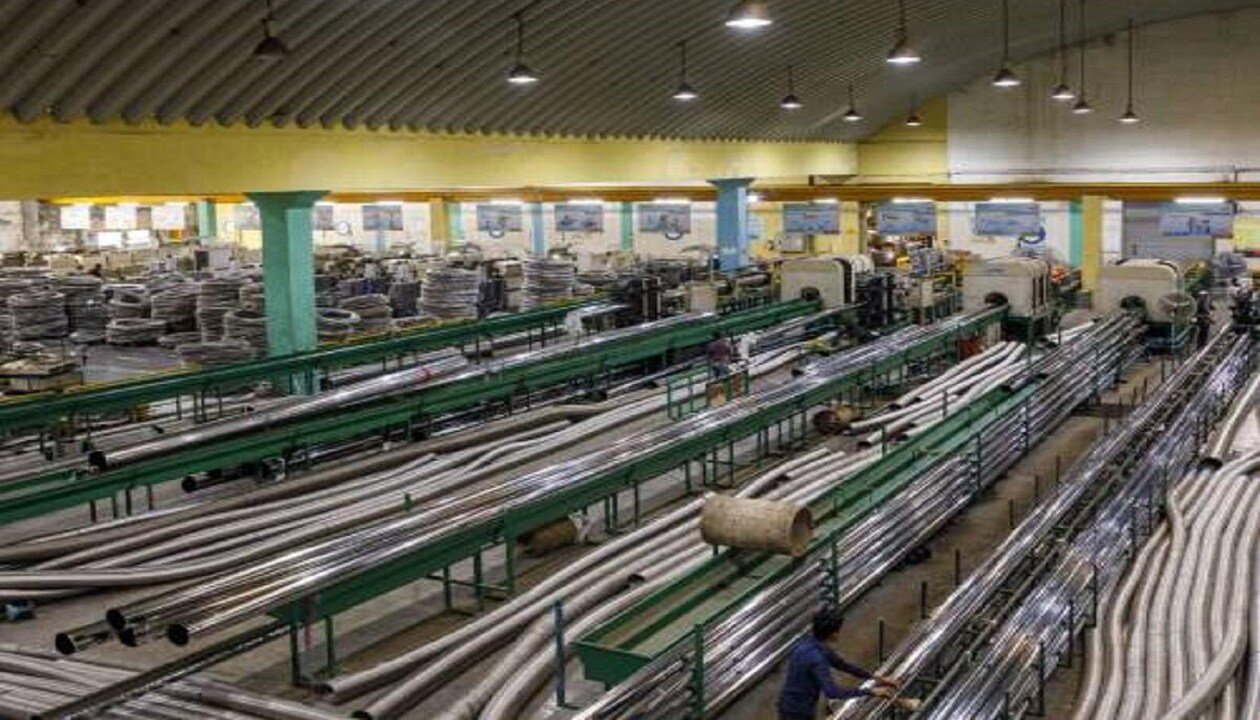The United States is poised to grant more than one million visas to Indian nationals this year, a significant milestone reflecting the deepening ties between the two countries. This surge in visa grants highlights the growing economic, educational, and cultural connections that bind the U.S. and India. 1 million visas to Indians opportunities in the U.S., understanding the nuances of this trend becomes increasingly important.
Factors Influencing the Increase in Visa Grants
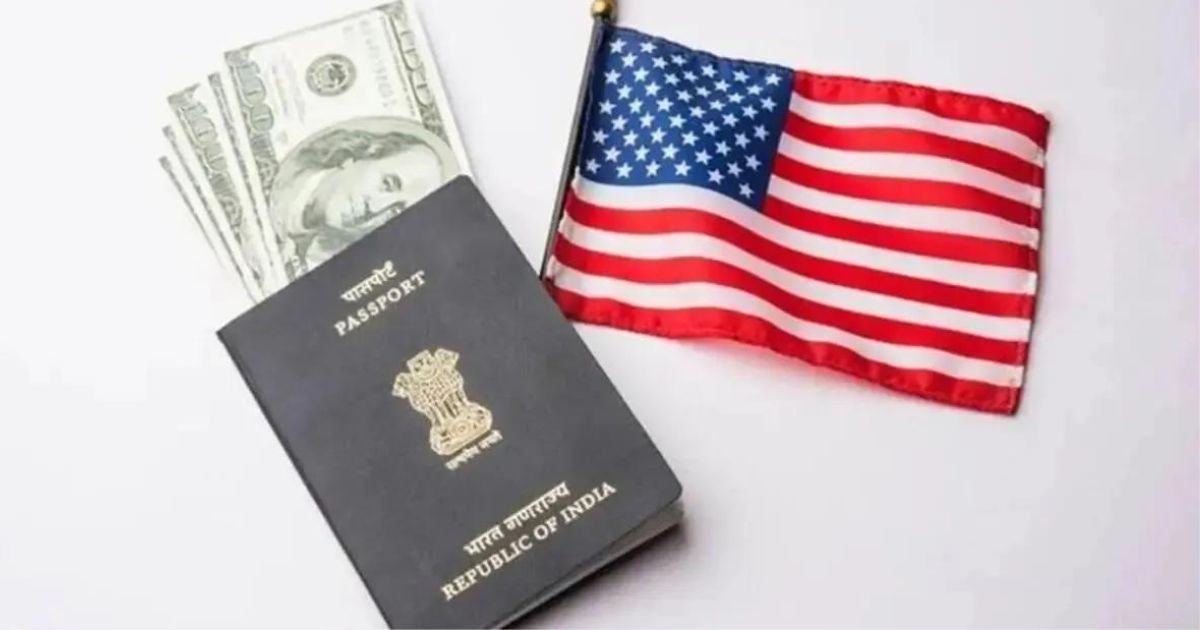
Economic Ties Between U.S. and India
The robust economic relationship between the U.S. and India plays a pivotal role in the increase in visa grants. Bilateral trade and investment have surged, creating numerous opportunities for Indian professionals and entrepreneurs in the U.S.
Education Opportunities
The U.S. remains a top destination for higher education, attracting thousands of Indian students each year. The availability of diverse academic programs and research opportunities continues to draw Indian students to American universities.
Employment Opportunities
The demand for skilled Indian professionals, particularly in the tech industry, is a significant driver of the increase in visa grants. U.S. companies value the expertise and innovation that Indian workers bring, leading to higher rates of H-1B visa approvals.
Application Process and Requirements
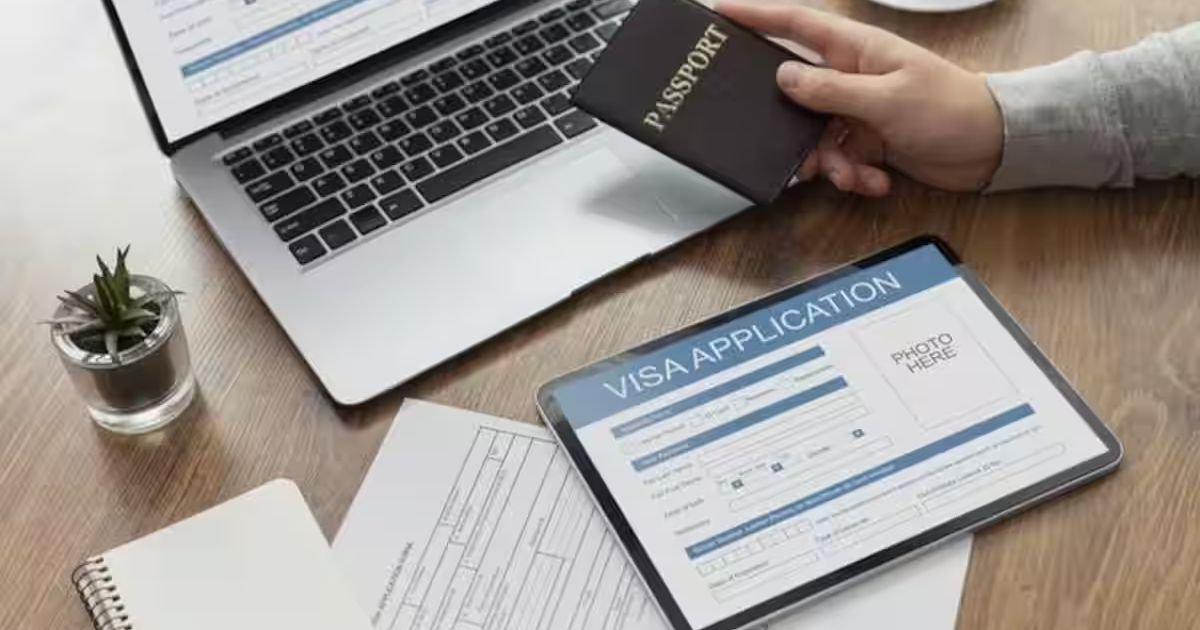
General Application Process
The U.S. visa application process involves several steps, including filling out the appropriate application forms, paying the visa fee, scheduling and attending an interview, and providing biometric data.
Documentation Required
Applicants need to submit various documents, including a valid passport, a photograph that meets specific requirements, a completed visa application form (such as DS-160), and supporting documents like a job offer letter, proof of financial stability, or an admission letter from a U.S. educational institution.
Interview Process
The visa interview is a crucial step where consular officers assess the applicant’s eligibility. Applicants should be prepared to answer questions about their purpose of travel, plans in the U.S., and ties to India to demonstrate their intent to return after their visit.
Challenges Faced by Applicants
Common Application Hurdles
One of the primary challenges faced by applicants is navigating the complex and often lengthy U.S. visa application process. The process involves multiple steps, including filling out detailed forms, paying fees, scheduling appointments, and attending interviews. Each of these steps can be time-consuming and require careful attention to detail.
Financial Constraints
Obtaining a U.S. visa can be expensive, posing a significant barrier for many applicants. The costs associated with visa applications include application fees, which vary depending on the type of visa, and additional fees for services such as biometric data collection. For students, the financial burden is even greater, as they must also account for tuition, accommodation, and living expenses. Securing sufficient funds to demonstrate financial stability during the visa application process can be challenging, particularly for applicants from lower-income backgrounds.
Documentation Challenges
Gathering and preparing the necessary documentation is another major hurdle for visa applicants. Required documents typically include proof of identity, financial statements, employment letters, academic records, and more. Ensuring that all documents are accurate, up-to-date, and meet the specific requirements set by U.S. immigration authorities is critical. Missing or incorrect documents can lead to delays or denials.
Conclusion
The milestone of granting more than 1 million visas to Indians reflects the deepening ties between the US and India. It underscores the economic, educational, and cultural benefits of increased mobility and exchange.
